Possum Creek Stone and Anomalous Cherokee DNA Point to Eastern Mediterranean Origins

In memoriam Gloria Farley
Donald N. Yates
DNA Consultants
Keynote address for Ancient American History and Archeology Conference, Sandy, Utah, April 2, 2010
SUMMARY
Three examples of North American rock art are discussed and placed in the context of ancient Greek and Hebrew civilization. The Red Bird Petroglyphs are compared with Greek and Hebrew coins and the Bat Creek Stone. The Possum Creek Stone discovered by Gloria Farley is identified as a Greek athlete’s victory pedestal. The Thruston Stone is interpreted as a record of the blending of Greek, Cherokee, Native American, Egyptian and Hebrew civilization. Keetoowah Society traditions, as captured in The Vision of Eloh’, are adduced to confirm a general outline of the origins of the Cherokee people in a Ptolemaic Greek trans-Pacific expedition joining pre-arriving Greeks, Jews and Phoenicians in the Ohio Valley around 100 c.e. Recent DNA investigations showing Egyptian, Jewish and Phoenician female lineages and the Y chromosome of Old Testament Priests among the Cherokee are also touched upon. Greek words and customs in the Cherokee are reviewed as time permits. Slide projector requested.
A cave entrance overlooking the Redbird River, a tributary of the South Fork of the Kentucky River in Clay County, Kentucky in the Daniel Boone National Forest, has inscriptions which according to Kenneth B. Tankersley of the University of Cincinnati display a nineteenth-century example of writing in the Cherokee syllabary. A local resident (Burchell) recognizes Greek writing in one inscription (called Christian Monogram #2) but his reading is unsatisfactory for a number of reasons. Evaluation by experts in Greek and Semitic epigraphy identifies two distinct inscriptions, one in Greek and one in Hebrew. They appear to be contemporaneous with the Bat Creek Stone unearthed in the 1889 excavation of a tomb in East Tennessee by Cyrus Thomas of the Smithsonian Institution.
Another record of Greek-speaking people in ancient America is the Possum Creek Stone, discovered by Gloria Farley in Oklahoma in the 1970s. It is discussed by her in Volume 2 of In Plain Sight as proof that the man history knows as Sequoyah did not invent the Cherokee syllabary. The inscription can be read as Greek, HO-NI-KA-SA or ‘o nikasa, i.e. “This is the one who takes the prize of victory,” a common inscription for the pedestal upon which victors were crowned at athletic games. The use is Homeric, and the spelling Doric.
A third piece of evidence helps fill in the background of the arrival of Greeks and their intermarriage with Asiatic and other Indians in North America. In 1870, an engraved 19 x 15 inch limestone tablet was uncovered in a mound excavation on Rocky Creek near Castalian Springs in Sumner County, Tennessee (see Ancient American, vol. 12, no. 77). Dating to an earlier time than its Mississipian Period context, it commemorates a peace treaty between the Cherokee and Shawnee. The Cherokee chief wears a horse-hair crested helmet and carries the spear and shield of a Greek hoplite. His Shawnee adversary clasps hands in a wedding ceremony with a Cherokee woman who bears wampum belts as a pledge of peace, has her hair in a maidenly bun, wears a Middle Eastern-style plaid kilt, and displays a large star of David. In the Red Record or Walam Olum, we learn that before crossing the Mississippi, somewhere along the south bank of the Missouri, the Algonquians or Lenni Lenape (Delaware Indians), who are later allied with the Cherokee, encounter a foreign tribe they call the Stonys. Cherokee legends about Stone-coat demonstrate that the original Cherokee had metal armor and weapons. DNA studies confirm a mixture of “anomalous” East Mediterranean mitochondrial lineages such as Egyptian T, Greek U and Phoenician X with “standard” American Indian haplogroups A, B, C and D in the Cherokee and certain other Eastern Woodlands Indians.
To sum up, the Red Bird Petroglyph is a Greek inscription from the 2nd to 3rd century c.e., not a crude Cherokee scratching of around 1800 as announced recently by the Archeological Institute of America and the New York Times. It occurs above what is, in all likelihood, an inscription in Maccabean-era Hebrew. The Sequoyan syllabary for which these Greek and Hebrew inscriptions were mistaken originated in the Greek world of the Bronze Age along with other syllabaries like Linear A, Linear B and Cypro-Minoan. The Cherokee language, which today is Iroquoian, is the result of a relexification process in the distant past. It contains many relics of words of Greek origin, especially in the area of government, military terminology, mythology, athletics and ritual. Cherokee music also reflects Greek origins. The Cherokee Indians are, quite literally, the Greeks of Native America.
Source ‘dna consultants‘
Filed under: ΙΣΤΟΡΙΑ |





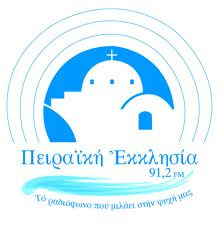
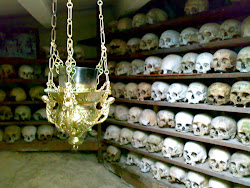
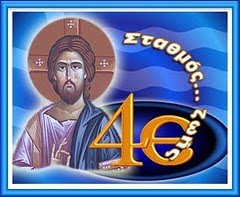




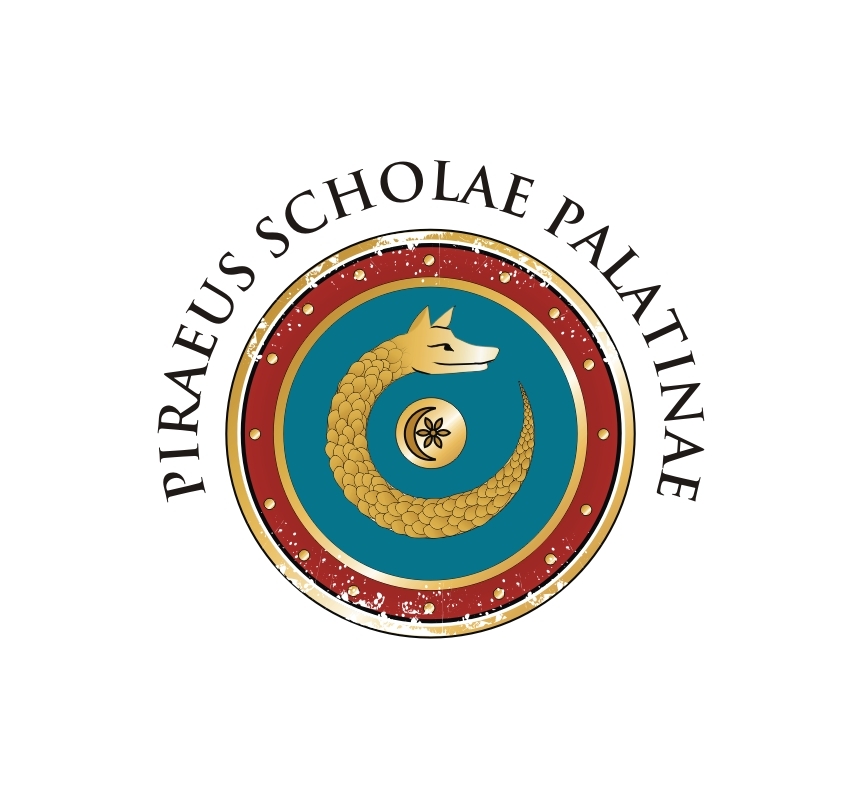
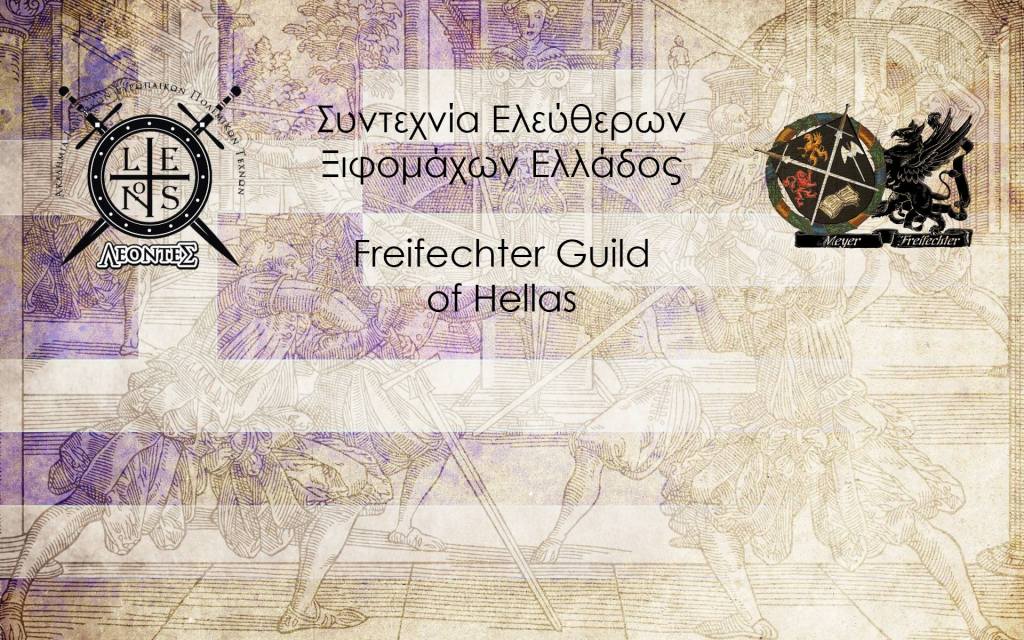

Σχολιάστε